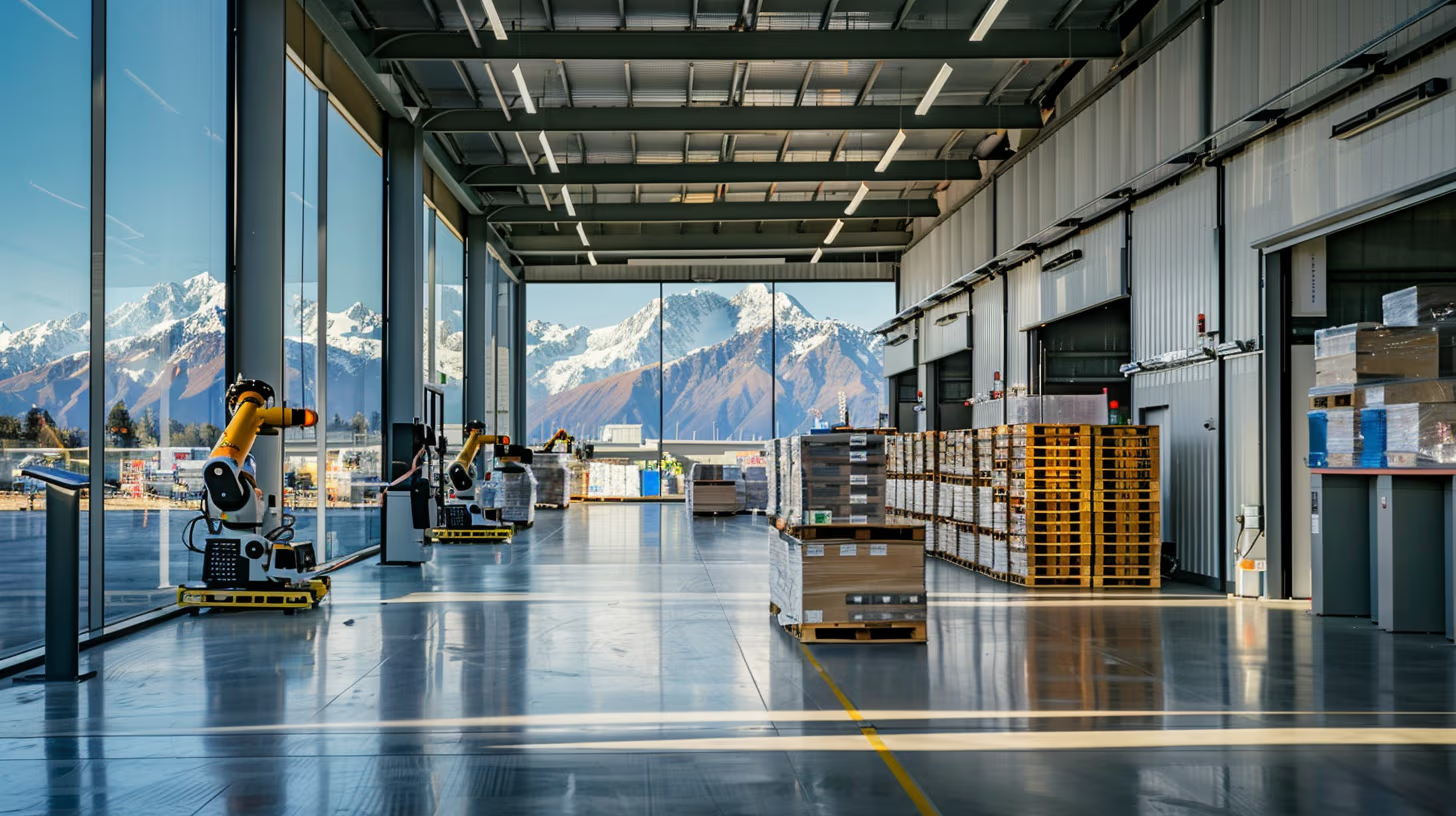Other news!


Hello everyone! Let’s have a bit of fun by diving into some bold predictions for 2025. As always, there’s a good chance many of these might be off the mark—but predicting the future can spark fresh thinking. So, hold me accountable if any of these fall flat, and let’s see where we land in a year’s time!
I truly believe 2024 was the final year we’d see no humanoid robots in the workplace. The cost of training vision and imitation models is plummeting, thanks in part to innovations like NVIDIA’s text-to-image and video models. These advancements make it far easier to develop robots that can see, learn, and act in diverse environments—whether it’s a factory floor, a warehouse, or even a customer-facing scenario.
Why It Matters
Out on a Limb
By 2040, there could be more humanoid robots in New Zealand than there are humans. While that sounds sci-fi, early examples—like Tesla’s “Optimus” robots—point to exponential manufacturing growth. BMW has robots assisting with car assembly, and Tesla aims to have thousands more in production by 2026.
Voice agents and chatbots have become so advanced that it’s increasingly difficult for customers to tell whether they’re interacting with a human or an AI. The benefits for businesses are huge: 24/7 availability, consistent responses, and scalable solutions that can tap directly into a database to answer queries instantly.
Why People (Surprisingly) Prefer AI
Case Study
One tech company recently reported using AI to handle the workload equivalent of 700 customer service reps. As natural attrition occurs and new hiring slows, the total salary budget drops—but the existing staff often earn more, reflecting the added value they bring when specialised human skills are genuinely needed.
With models capable of generating photo-realistic images and videos, we’re entering an age where entire film productions—or at least significant parts of them—can be AI-driven. The cost of producing a 30-second commercial can easily run into the millions, but if AI can cut those costs dramatically, anyone with a good idea can become a filmmaker.
Why This Could Happen
I predict an AI-produced short film will bag an award by the end of 2025, with many more to follow.
As more white-collar tasks are automated and knowledge workers find themselves relying on AI (or working remotely), the demand for large-scale office spaces could drop significantly. This trend is already observable in the United States, where office vacancies are creeping towards 20%.
Why We’ll See This
It’s likely New Zealand will follow this US trend, albeit on a slightly different timeline—our property market typically lags behind international shifts.
Finally, I’m predicting that “AGI” (Artificial General Intelligence) will be officially declared achieved by governments and lawyers as part of some legal or regulatory action. Recent AI models already blur the lines of what we consider “general intelligence.” Once the label is formalised, we’ll see an explosion of new possibilities and debates.
What AGI Might Look Like
This shift will redefine productivity as we know it, bringing newfound efficiency to many sectors and reshaping our economy. The eventual reality is that new forms of work—currently unimaginable—could become mainstream.
These predictions might sound ambitious, possibly even outlandish. But the rate of AI progress and its adoption in everything from customer support to manufacturing has already exceeded what many experts anticipated. So, let’s see how it all unfolds.
Hold Me Accountable
Feel free to call me out if I’m wrong! The fun of making predictions is acknowledging we might be very off the mark. But it’s also a chance to spur new thinking and remain open to emerging possibilities.
If you’d like to learn more about where AI could take your business or career, head over to Agentic Intelligence and try our free AI Readiness Assessment. It’s a great way to start preparing for the thrilling ride that is 2025.
Thanks for reading!
